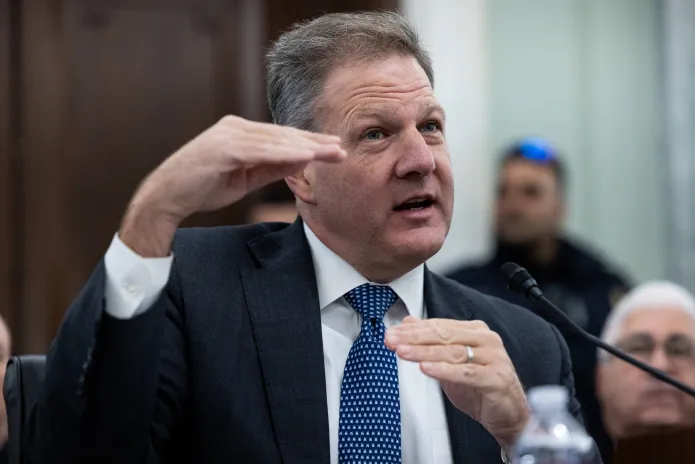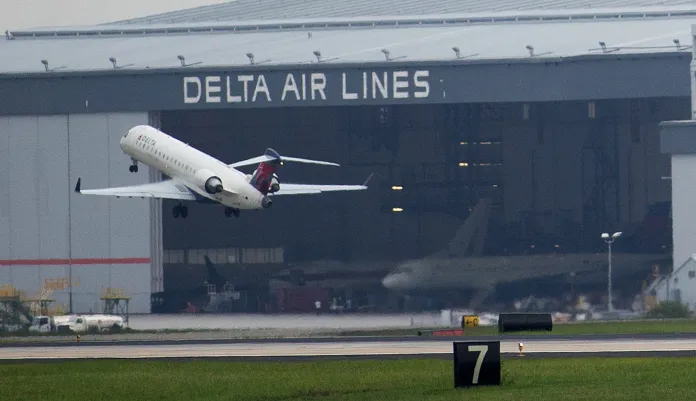NTSB investigates air traffic culture behind DCA midair crash
The national Transportation Safety Board (NTSB) inquiry into a deadly midair collision near Ronald Reagan Washington National Airport (DCA) has revealed a high-stress, strained air traffic control culture at the facility. Controllers, staff, and pilots frequently used the phrase “we just make it work” to describe their improvisational approach to managing heavy traffic with limited resources and runway space. This environment involved creative tactics like rerouting planes, stacking departures, and using tight arrival windows to handle the compact and congested airport layout.
The inquiry uncovered systemic issues including gaps in training,oversight,and staffing. Although the DCA control tower was reportedly nearly fully staffed at the time of the crash, operational demands forced single controllers to handle both fixed-wing and rotary aircraft, which was noted as common but challenging. Staffing difficulties were exacerbated by a 2018 downgrade of the control tower’s classification, which hindered recruitment and caused pay disparities among staff.
Coordination with military aircraft-notably helicopters that often operate without transponders-also posed safety challenges in the busy D.C. airspace. The NTSB noted that the Black Hawk helicopter pilots involved in the crash likely did not realize their true altitude or proximity to the airliner, possibly due to faulty altimeters common in their helicopter model.
the investigation highlighted systemic weaknesses in the air traffic system at Reagan national Airport, contributing factors to the fatal crash that killed 67 people. The hearing is ongoing, with further focus expected on safety data and management practices.
‘We just make it work’: Strained air traffic culture at Reagan National Airport exposed by NTSB crash inquiry
Federal investigators investigating the deadly midair collision near Ronald Reagan Washington National Airport described a strained, high-stress air traffic culture where controllers relied on experience, thin staffing, and a mindset of “we just make it work.”
That phrase, repeated throughout interviews with air traffic controllers, staff, and even pilots, became a central focus of the National Transportation Safety Board’s questioning.
“We heard this from air traffic controllers. We heard it from air traffic control staff. And we heard it even from pilots operating in and around the airport,” said Brian Soper, an NTSB investigator leading the inquiry. “What does that term mean to you?”
Clark Allen, an air traffic control specialist with the Federal Aviation Administration, described it as an all-hands approach to improvisation under pressure.
“Making it work is utilizing all available tools … to compensate for the compacted volume,” he said. That included using off-runways creatively, stacking departures, and pushing traffic through tight arrival gaps. “Pre-accident, it was routine,” Allen acknowledged.
Nick Fuller, deputy chief operating officer for air traffic at the FAA, pushed back on concerns that the phrase reflected structural pressure. “‘We just make it work’ is not to say that it’s pressure based on the airport,” he said, prompting a quick interjection from NTSB Chairwoman Jennifer Homendy, who said she intended to follow up.
Fuller later clarified: “‘We just make it work’ means we’re going to get you where you’re going as safely as possible. It’s not to say that we are going to work in a constrained environment.”
But by most accounts, that’s exactly what controllers at DCA face. With limited runway space and a compact airport footprint, the facility leaves little room for error. FAA officials described how controllers routinely adapt to real-time bottlenecks by rerouting planes, coordinating tight departure windows, and squeezing aircraft into short gaps. “There’s limited real estate for the airport and where to put aircraft,” Allen said. “That can back up very easily.”
The testimony, delivered over two days of NTSB hearings, revealed gaps in training, oversight, and staffing at the DCA control tower, exposing systemic weaknesses that may have contributed to the January crash that killed 67 people.
Fuller testified that DCA’s tower was nearly fully staffed at the time of the crash, with 26 of 28 positions filled. Yet on the night of the collision between a passenger jet and a military helicopter, a single controller was handling both fixed-wing and rotary traffic, an arrangement Fuller said wasn’t unusual, though it took place earlier in the shift than normal.
James Jarvis, a former FAA compliance verifier who reviewed operations at DCA for six years, said staffing levels weren’t as healthy as they appeared. He had repeatedly recommended adding senior staff to ease the burden on overworked managers, but was ultimately told to “quit bringing it up.”
“The workforce is very young, but they need a lot of attention,” Jarvis testified. “And that’s a heavy workload on that Operations Manager.”
Investigators also explored coordination challenges with military aircraft. The night of the crash, the Black Hawk helicopter pilot had agreed to maintain visual separation from nearby aircraft, a common practice in the crowded D.C. airspace. But that method has limitations, especially at night.
Rick Dressler, a medevac pilot and former military aviator, testified that Army helicopters often fly without transponders, making them invisible to civilian radar.
“It is difficult to identify other aircraft in the night sky,” Dressler said. “We are all very uncomfortable when those two units are operating.”
Compounding the strain was a 2018 FAA decision to downgrade DCA’s control tower from a Level 10 to Level 9 facility, shifting helicopter traffic counts to a different location and cutting pay for incoming staff. While staffing numbers didn’t change on paper, the downgrade made it harder to attract experienced hires and created disparities among controllers doing the same work.
ARMY KNEW OF BLACK HAWK ALTITUDE ERRORS YEARS BEFORE DCA CRASH, NTSB FINDS
“You had a new person walking in the door making less than the person sitting next to them doing the same job,” Jarvis testified. “That created tension, and it made recruiting more difficult.”
On Wednesday, the NTSB revealed that the pilots of the Black Hawk helicopter involved in the fatal crash likely didn’t realize their actual altitude or how close they were to a nearby airliner, possibly due to faulty altimeters common in that model of helicopter. The hearing continues Friday, with testimony expected to focus on safety data and management systems.
" Conservative News Daily does not always share or support the views and opinions expressed here; they are just those of the writer."




